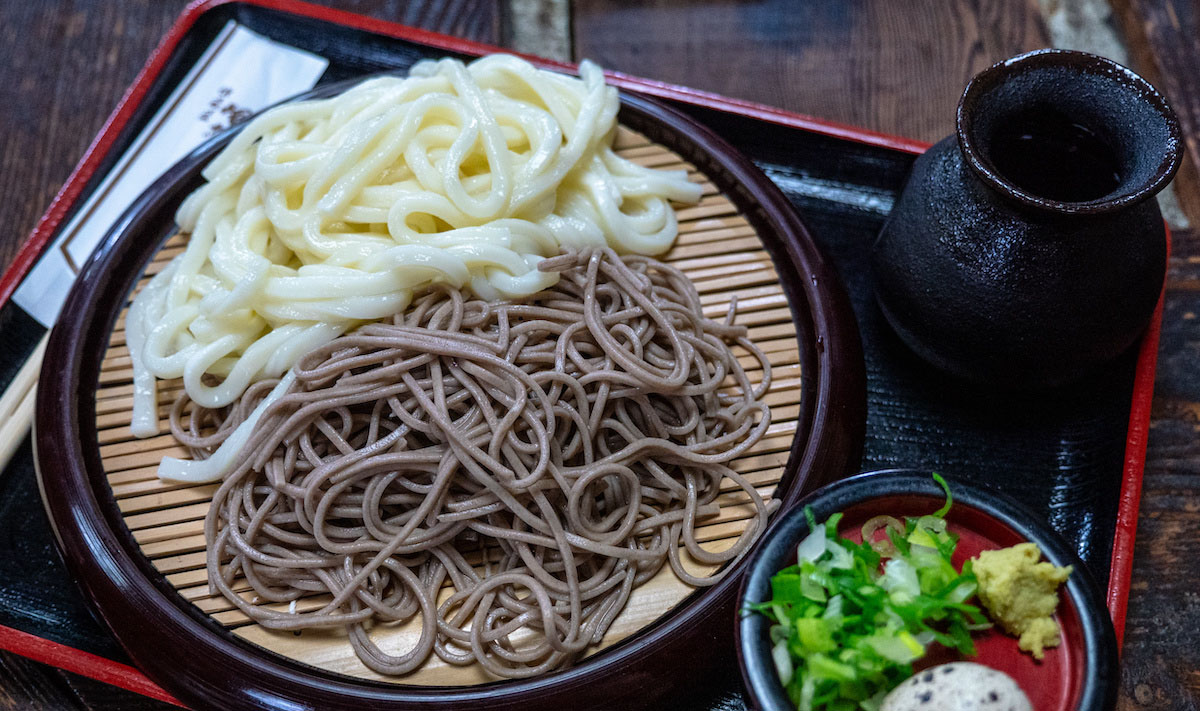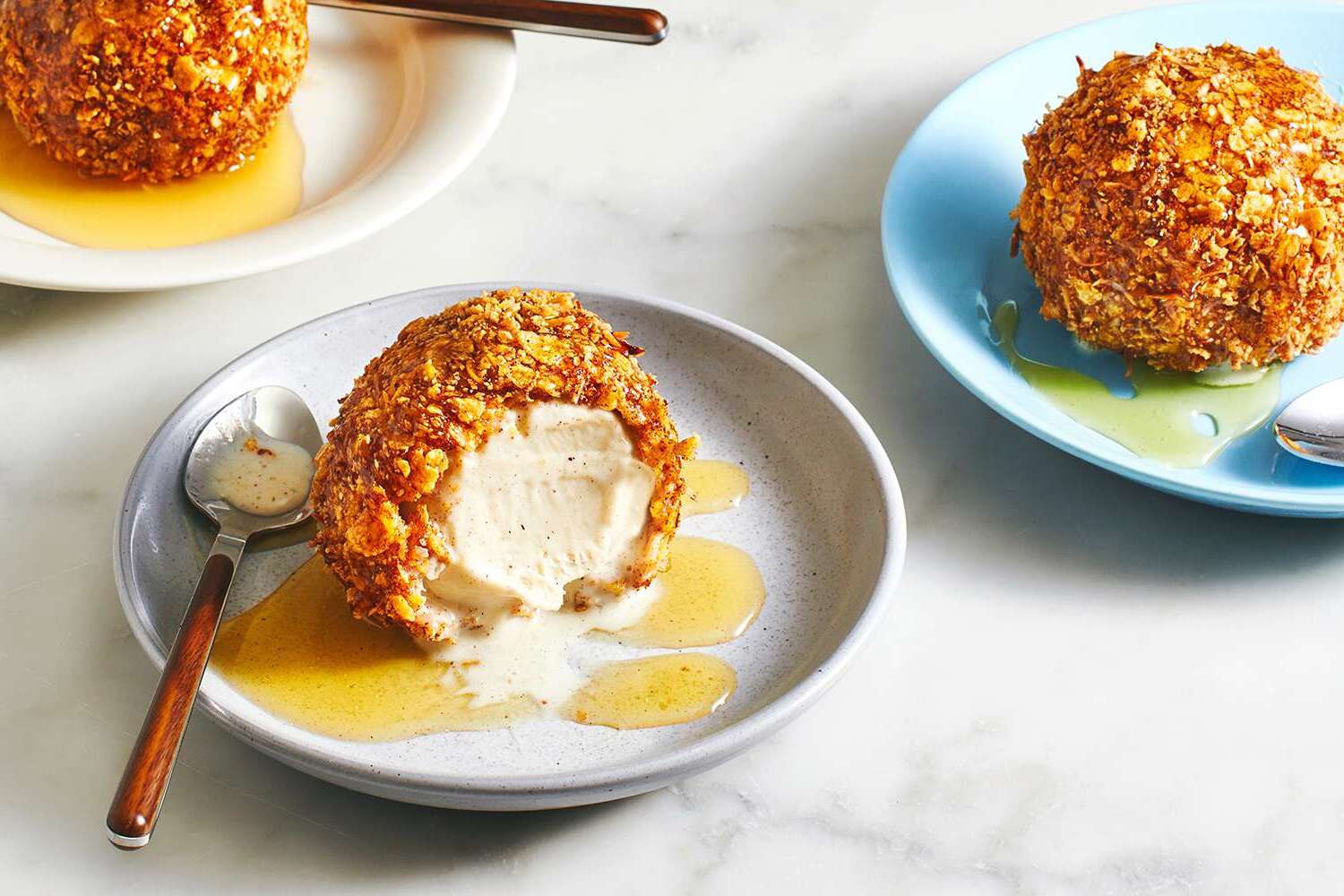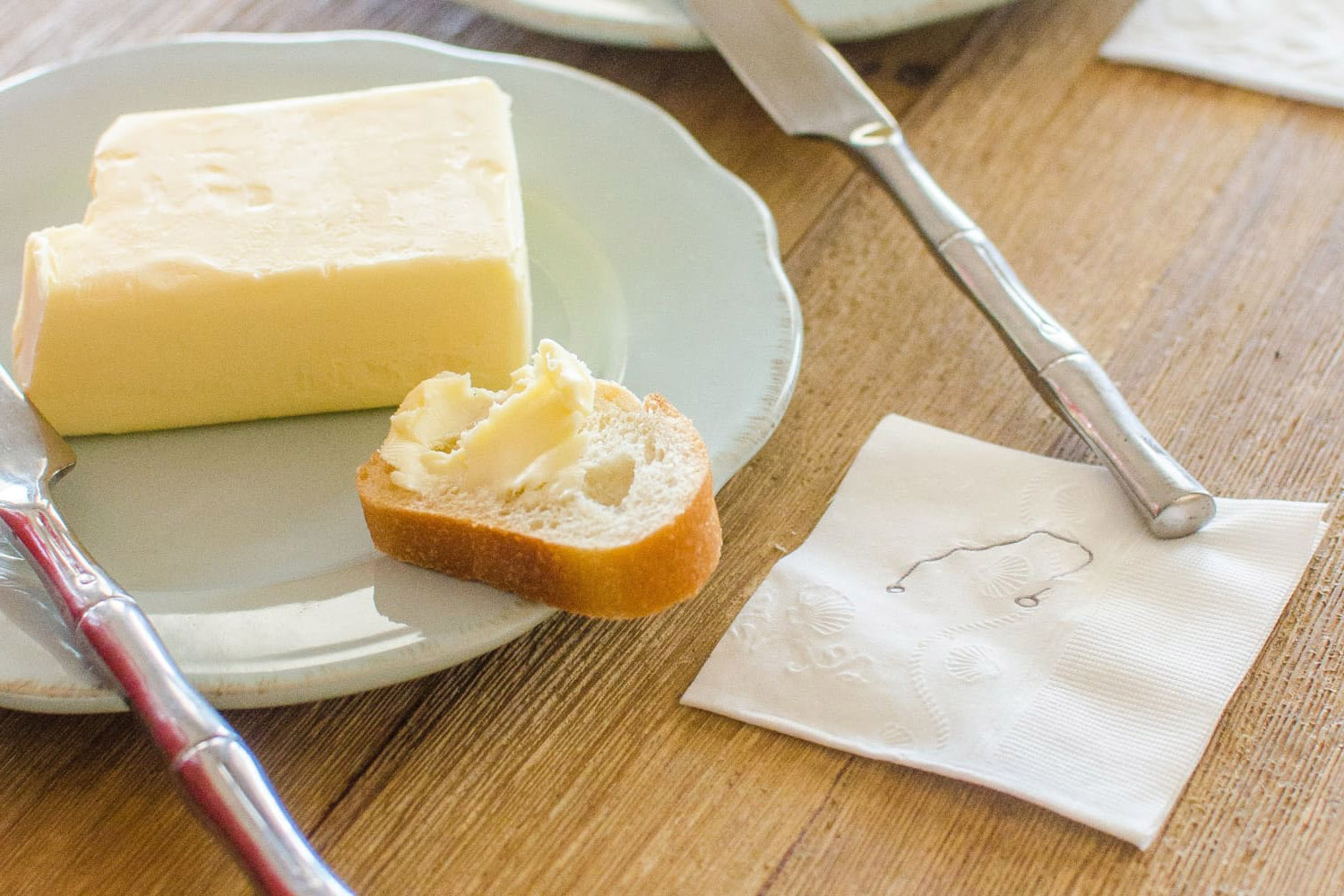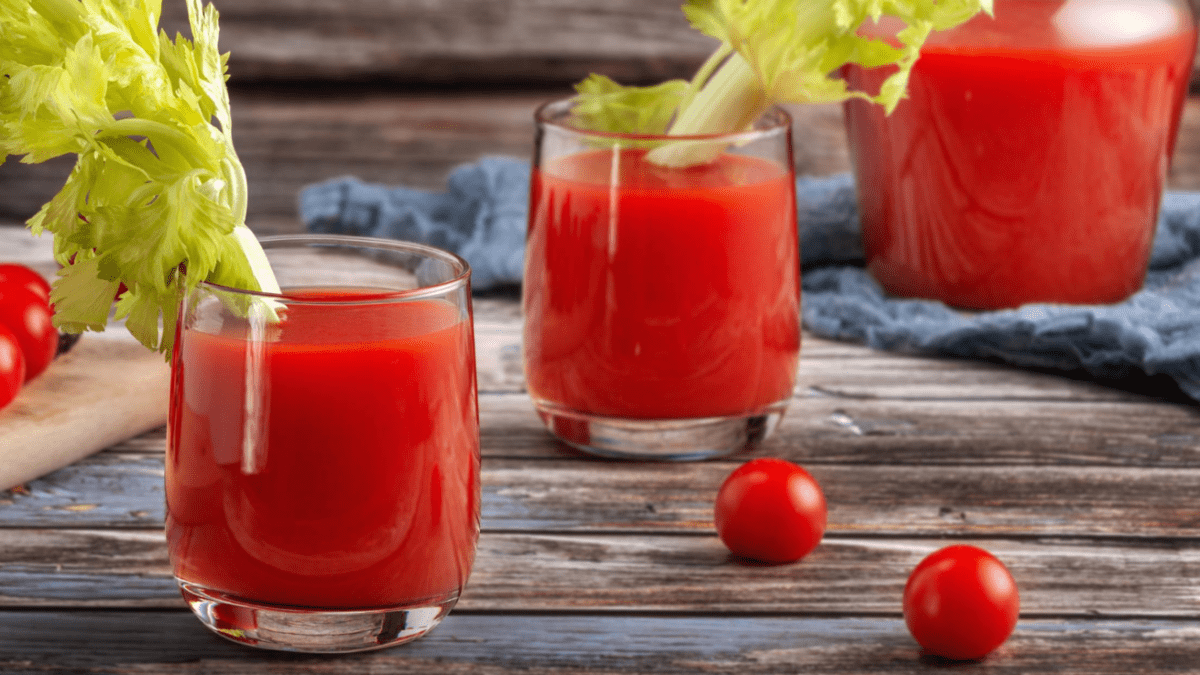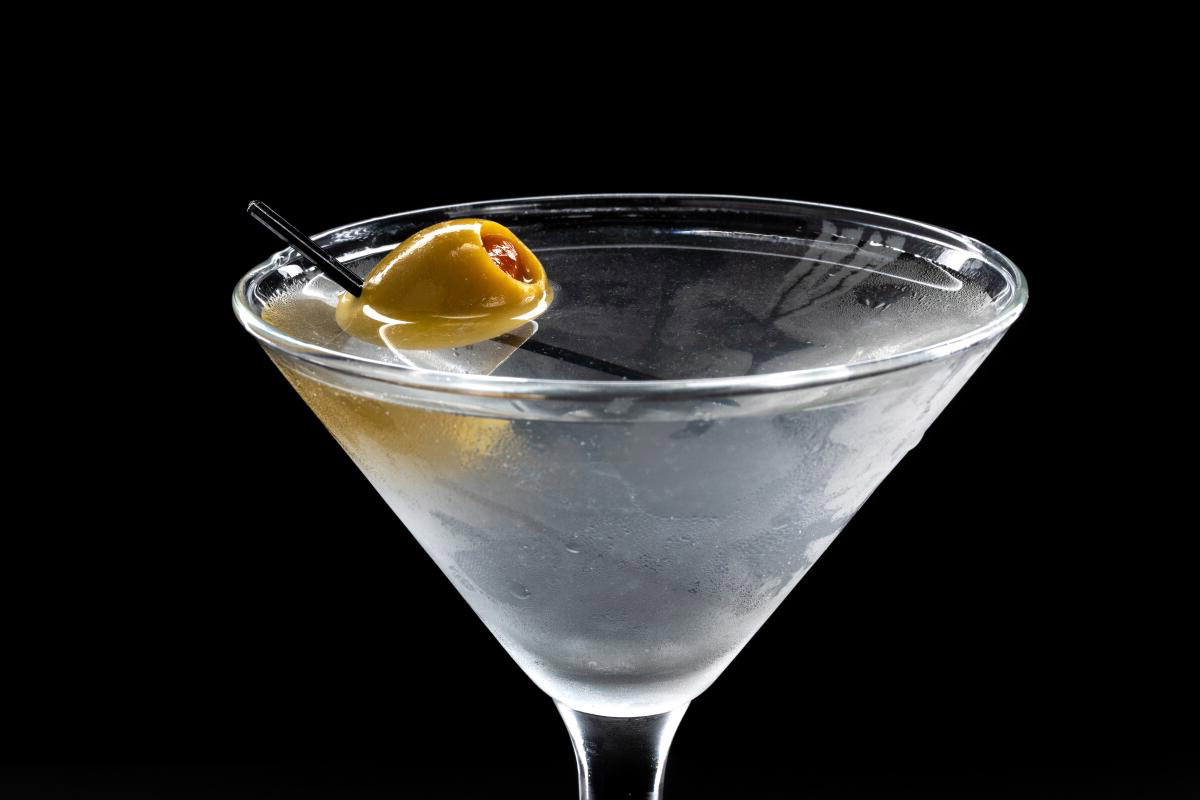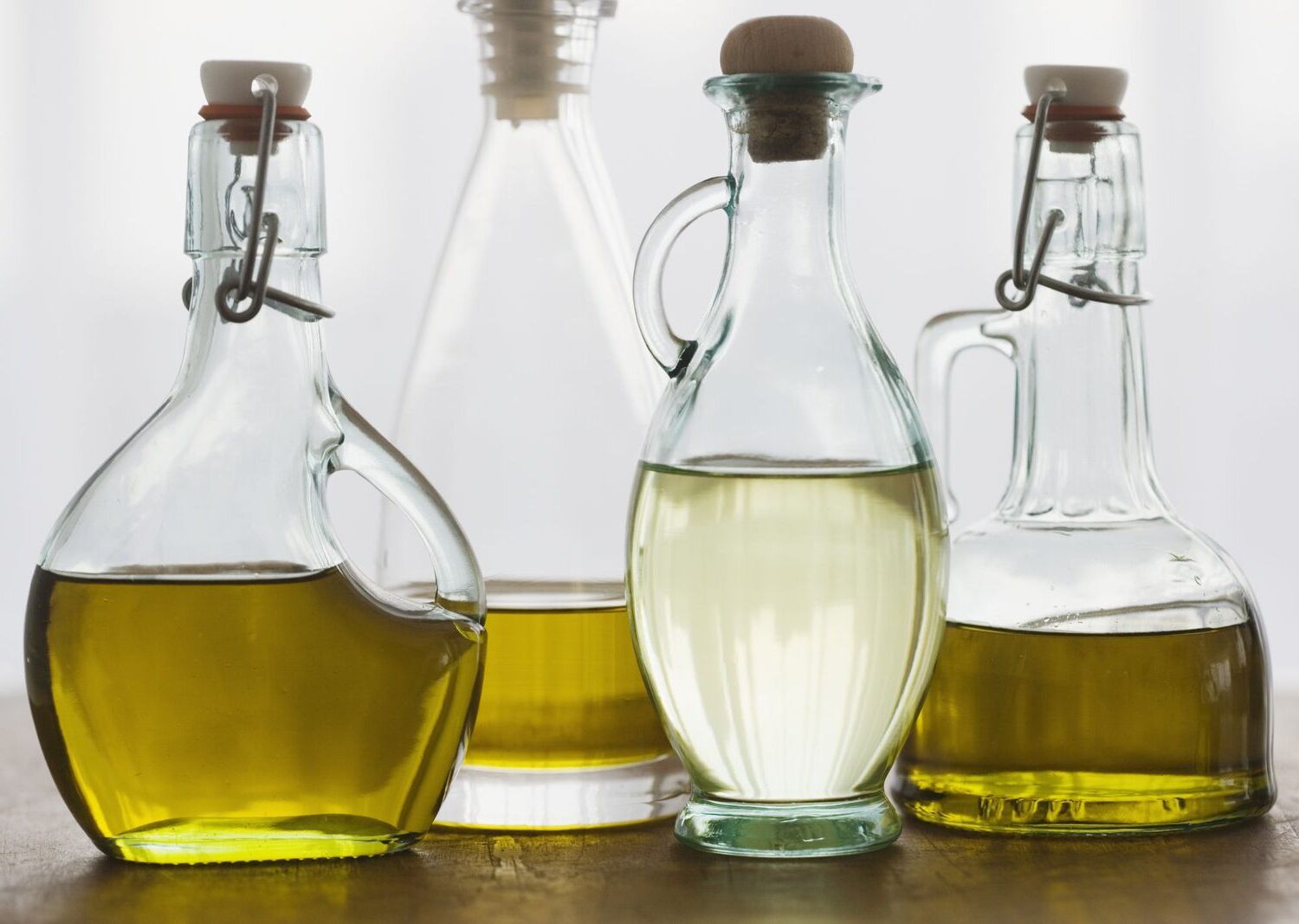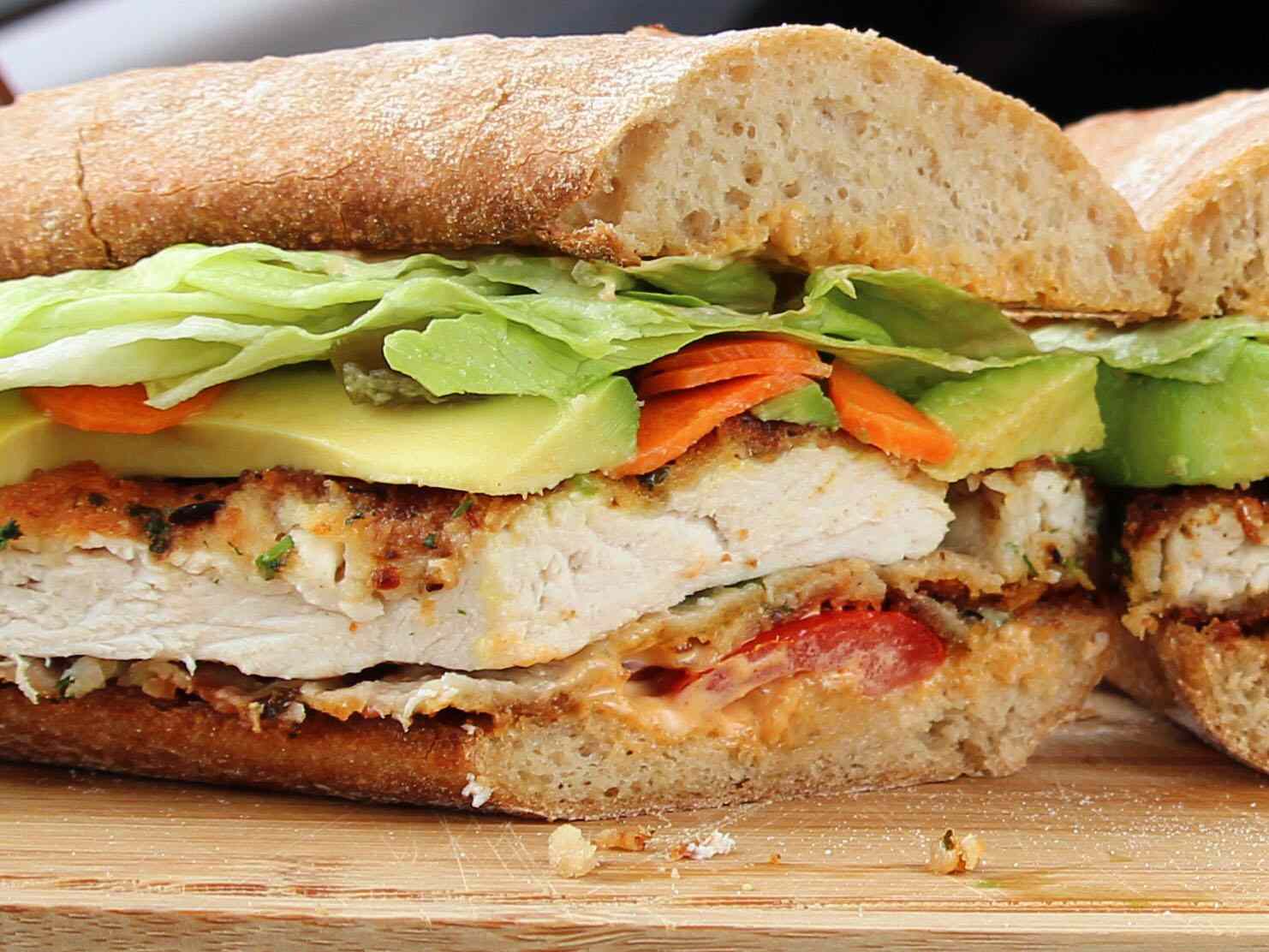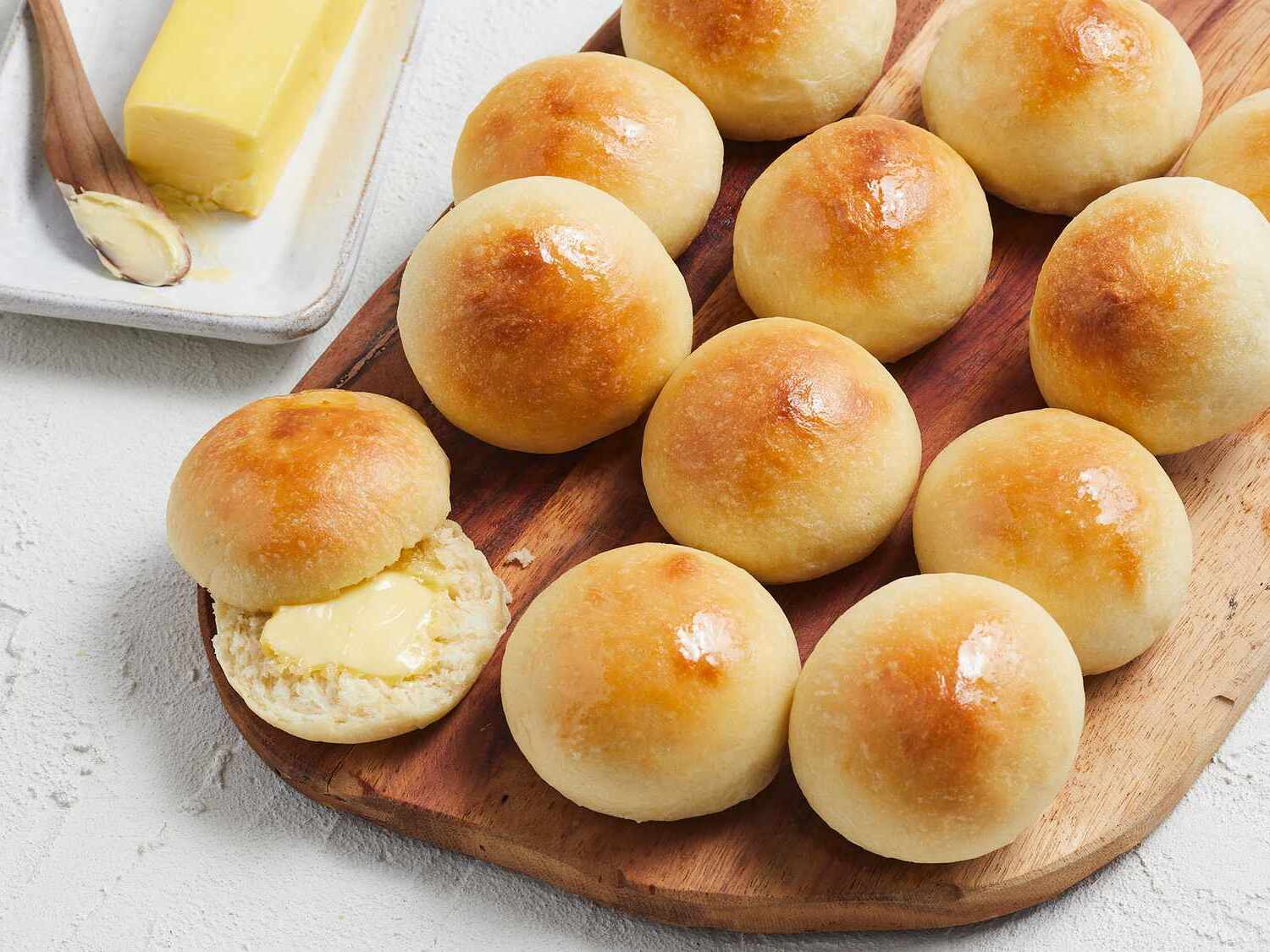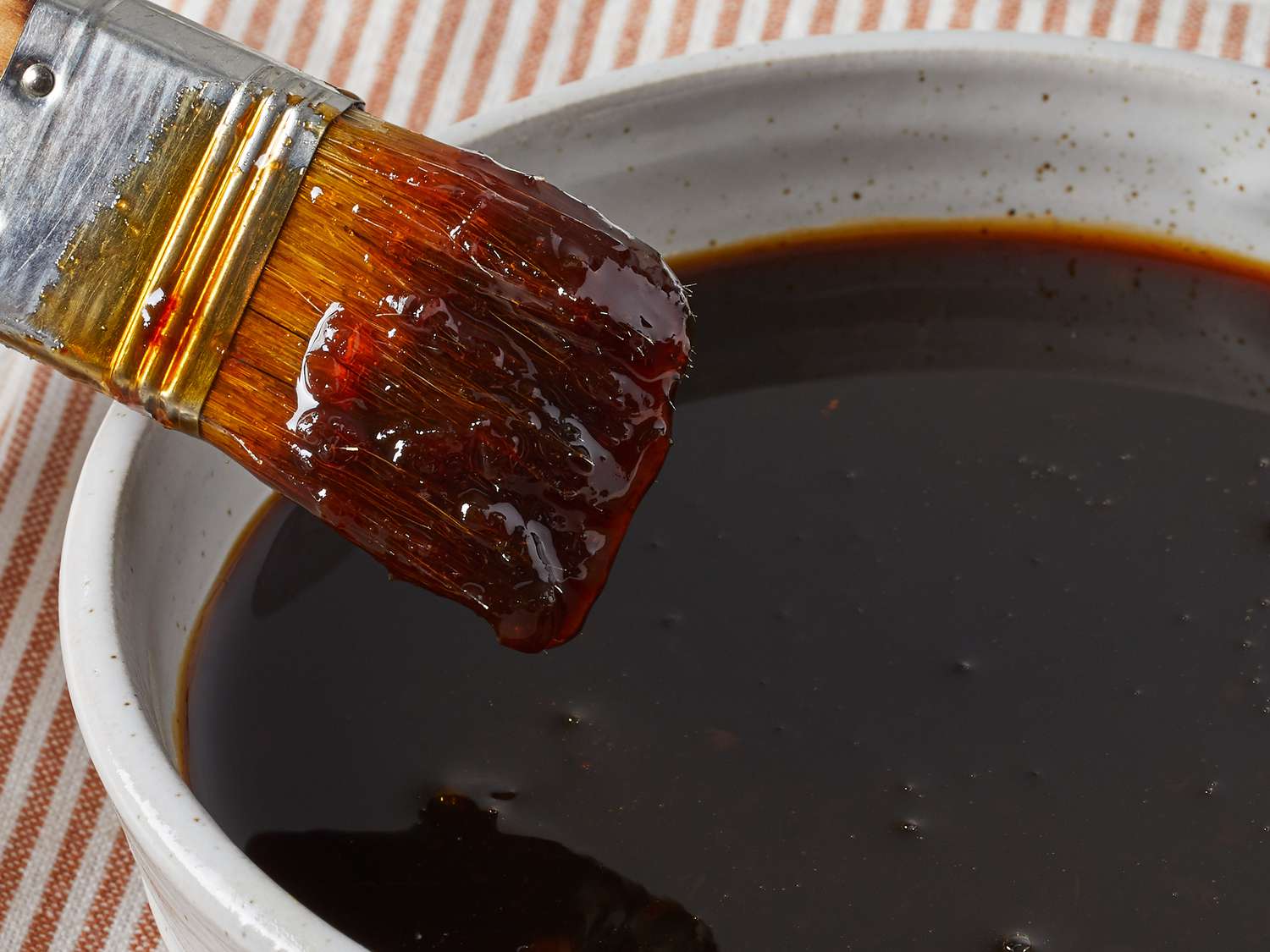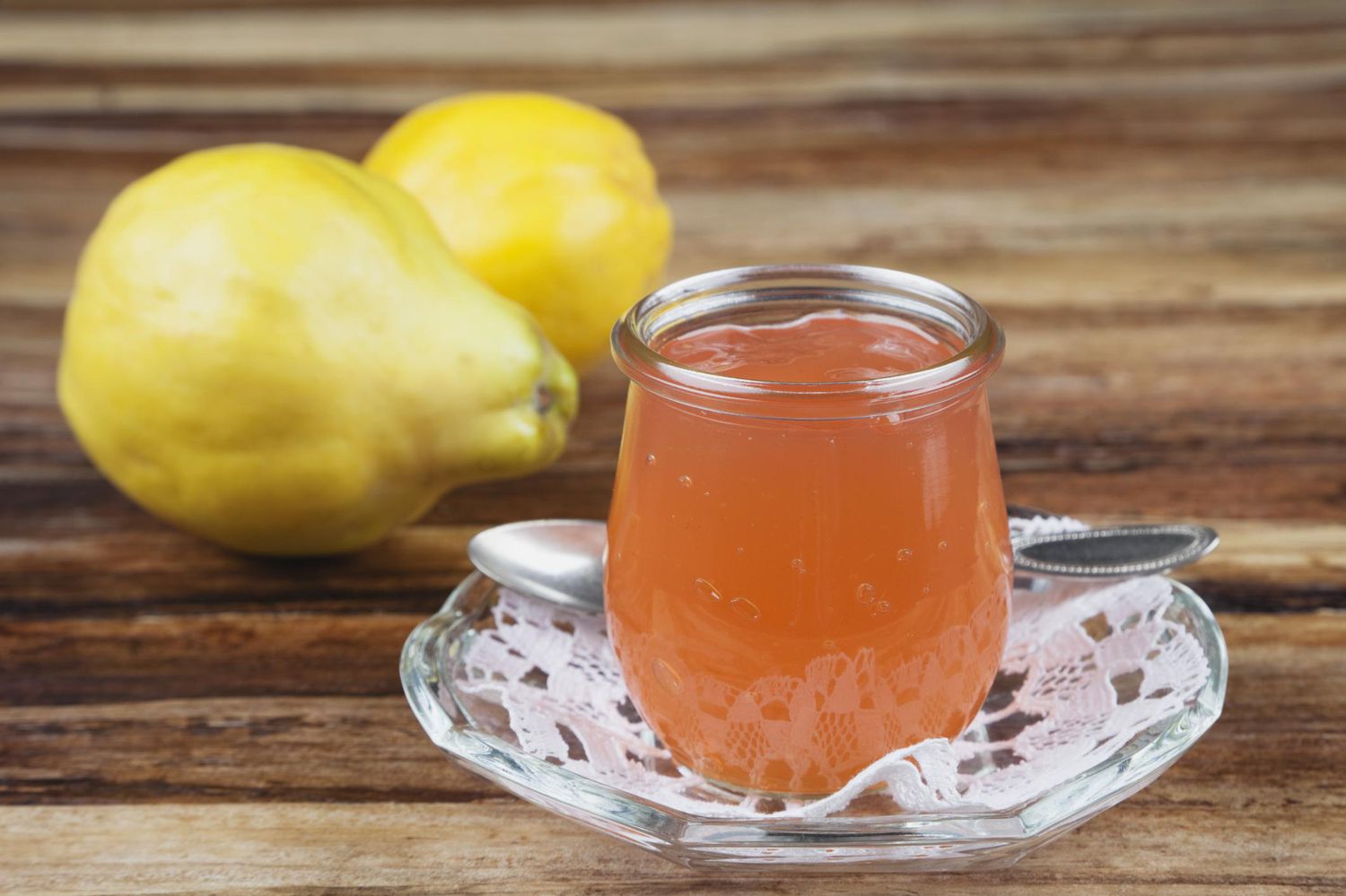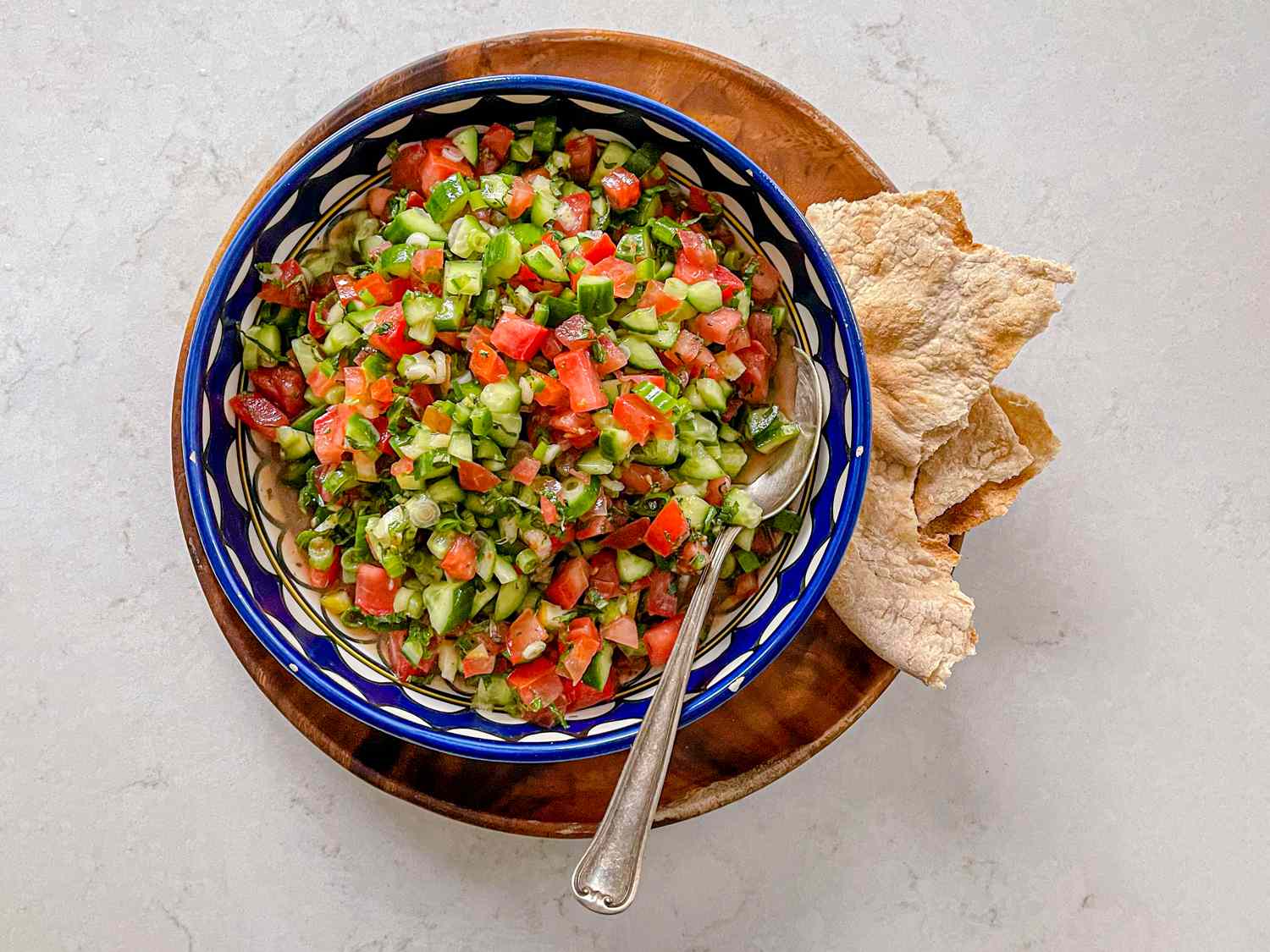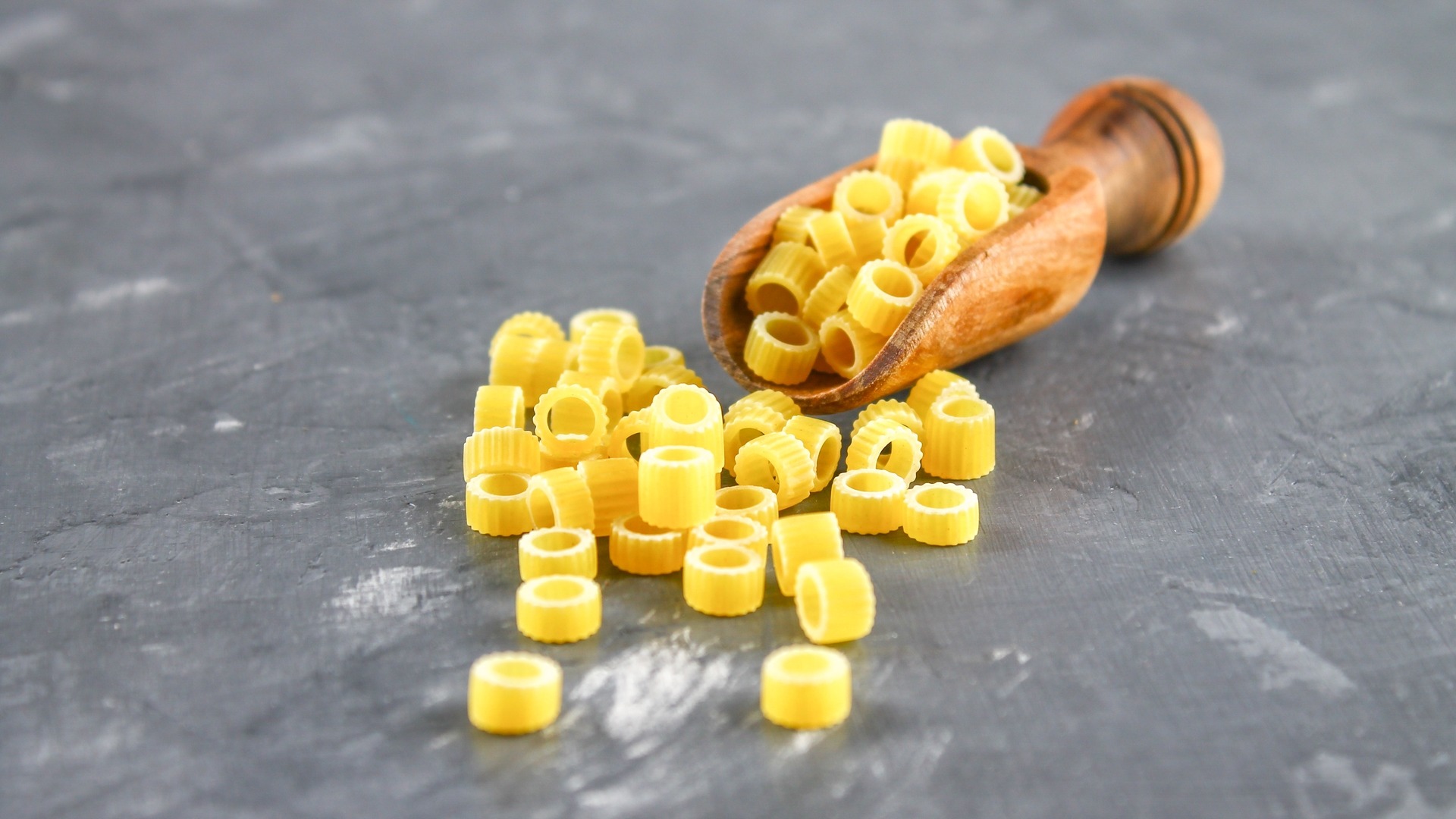Understanding the Rice to Water Ratio
When it comes to cooking rice, getting the right rice to water ratio is crucial for achieving perfectly cooked, fluffy grains. Whether you’re using a rice cooker, stovetop pot, or Instant Pot, understanding the correct ratio of rice to water is essential for a successful outcome.
Why Is the Ratio Important?
The rice to water ratio is important because it determines the texture and consistency of the cooked rice. Using too much water can result in mushy, overcooked rice, while too little water can leave you with undercooked, crunchy grains. Getting the ratio just right ensures that the rice cooks evenly and turns out just the way you like it.
Standard Rice to Water Ratios
There are different rice to water ratios depending on the type of rice you are cooking. Here are some standard ratios to keep in mind:
- White rice: Typically, the ratio for white rice is 1:2, meaning 1 cup of rice to 2 cups of water. This ratio works well for most varieties of white rice.
- Brown rice: Brown rice requires a little more water than white rice. The ratio is usually 1:2.5, or 1 cup of rice to 2.5 cups of water. This extra water helps to soften the tougher outer bran layer of brown rice.
- Basmati or Jasmine rice: For these long-grain aromatic rices, the ratio is typically 1:1.5, or 1 cup of rice to 1.5 cups of water. This ratio helps to maintain the delicate texture and flavor of these varieties.
Adjusting for Different Cooking Methods
It’s important to note that the rice to water ratio may need to be adjusted slightly depending on the cooking method you are using. For example, a rice cooker may require a little less water than a stovetop pot, while an Instant Pot may need a bit more due to the sealed environment.
Additionally, factors such as altitude and humidity can also play a role in how much water is needed to cook rice perfectly. It may take some trial and error to find the ideal ratio for your specific circumstances, but once you find it, you’ll be able to consistently cook delicious rice every time.
Measuring the Ratio
When measuring the rice to water ratio, it’s important to use the correct measuring tools. A standard measuring cup for both the rice and water is essential for accuracy. Using the same cup for both the rice and water ensures that the ratio is maintained and the rice cooks evenly.
Conclusion
Mastering the rice to water ratio is an essential skill for any home cook. By understanding the right ratios for different types of rice and making adjustments for various cooking methods, you can ensure that your rice turns out perfectly every time. Whether you prefer fluffy white rice or nutty brown rice, getting the ratio just right is the key to delicious, well-cooked grains.
So, the next time you’re in the kitchen preparing a batch of rice, remember the importance of the rice to water ratio and enjoy the perfect results it brings!
Was this page helpful?
Read Next: What Is White Almond Bark?
